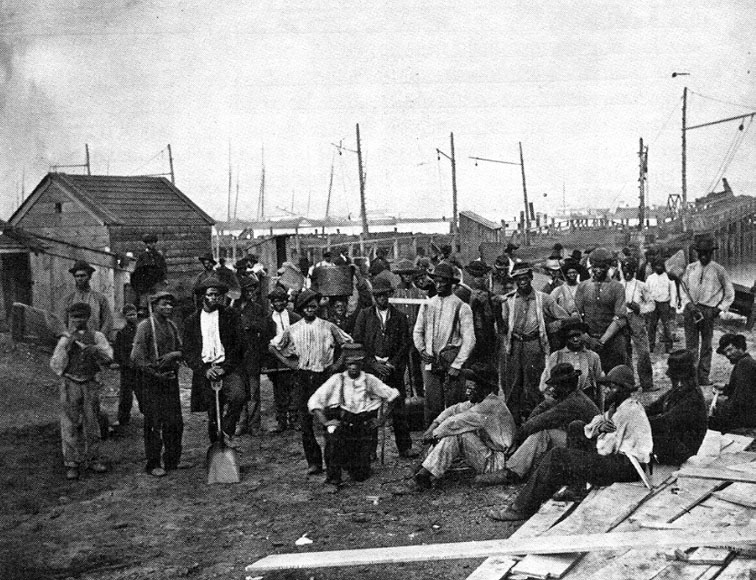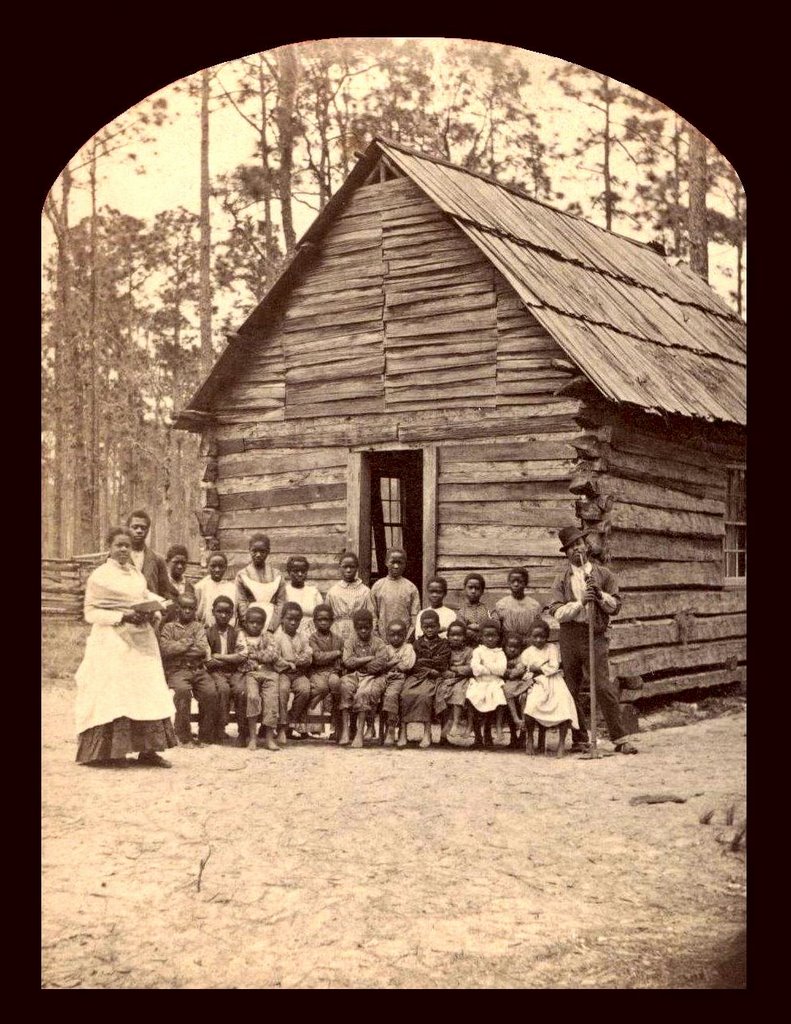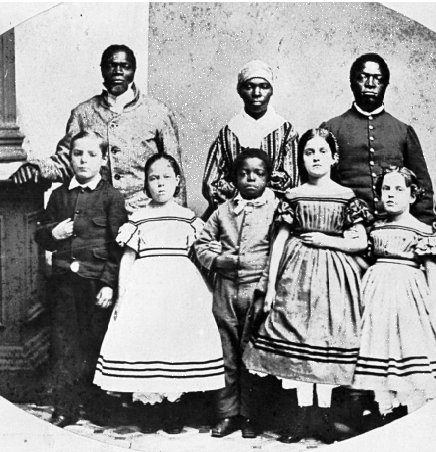We as a people should be doing everything in our power to prevent this from happening to our people again.
You are using an out of date browser. It may not display this or other websites correctly.
You should upgrade or use an alternative browser.
You should upgrade or use an alternative browser.
Photos Of 1850s-1880s Black America
- Thread starter cole phelps
- Start date
More options
Who Replied?cole phelps
Superstar
bump
HollowPoints2
Don Makaveli.
I enjoy looking at pictures like these mainly because its shows me how my ancestors were one hundred years ago.
HollowPoints2
Don Makaveli.
Its amazing how we were able to preserve the melanin of our ancestors for more than a hundred years. Fortunately, the majority of us have been able to preserve the same look or identity of our ancestors, which something we should be proud of.
cole phelps
Superstar
bump
Bump for Kewns
The Odum of Ala Igbo
Hail Biafra!
Beautiful pics. Notice how nobody is smiling.
IllmaticDelta
Veteran
pawging?
light skinned slave
Rosina Downs is not quite seven years old. She is a fair child, with blonde complexion and silky hair. Her father is in the rebel army. She has one sister as white as herself, and three brothers who are darker. Her mother, a bright mulatto, lives in New Orleans in a poor hut, and has hard work to support her family.
Slave Children of New Orleans, 1863 | Gilder Lehrman Institute of American History
IllmaticDelta
Veteran
Ol’Otis
The Picasso of the Ghetto
We might be related to one of them
IllmaticDelta
Veteran
IllmaticDelta
Veteran
^^thats fulani slave, Omar ibn Said as an old(er) man
Omar ibn Said was born in present-day Senegal in Futa Tooro,[1] a region along the Middle Senegal River in West Africa, to a wealthy family.[2] He was an Islamic scholar and a Fula who spent 25 years of his life studying with prominent Muslim scholars, learning subjects ranging from arithmetic to theology in Africa. In 1807, he was captured during a military conflict, enslaved and taken across the Atlantic Ocean to the United States. He escaped from a cruel master in Charleston, South Carolina, and journeyed to Fayetteville, North Carolina. There he was recaptured and later sold to James Owen. Said lived into his mid-nineties and was still a slave at the time of his death in 1864. He was buried in Bladen County, North Carolina. Omar ibn Said was also known as Uncle Moreau and Prince Omeroh.[1]
Although Omar converted to Christianity on December 3, 1820, many modern scholars believe he continued to be a practicing Muslim, based on dedications to Muhammad written in his Bible, and a card dated 1857 on which he wrote Surat An-Nasr, a short sura which refers to the conversion of non-Muslims to Islam 'in multitudes.' The back of this card contains another person's handwriting in English misidentifying the sura as the Lord's Prayer and attesting to Omar's status as a good Christian.[3] Additionally, while others writing on Omar's behalf identified him as a Christian, his own autobiography and other writings offer more of an ambiguous position. In the autobiography, he still offers praise to Muhammad when describing his life in his own country; his references to "Jesus the Messiah" in fact parallel Quranic descriptions of Jesus (who is called المسيح 'the Messiah' a total of 11 times in the Quran), and descriptions of Jesus as 'our lord/master' (سيدنا) employ the typical Islamic honorific for prophets and is not to be confused with Lord (ربّ); and description of Jesus as 'bringing grace and truth' (a reference to John 1:14) is equally appropriate to the conception of Jesus in Islam. Given Omar's circumstances of enslavement "among the Christians" and the possibilities of lobbying for his freedom that only came with confessing Christianity, his conversion can be argued to have been made under duress. In 1991, a masjid in Fayetteville, North Carolina renamed itself Masjid Omar Ibn Said in his honor.[4]
slightly younger in this one







































